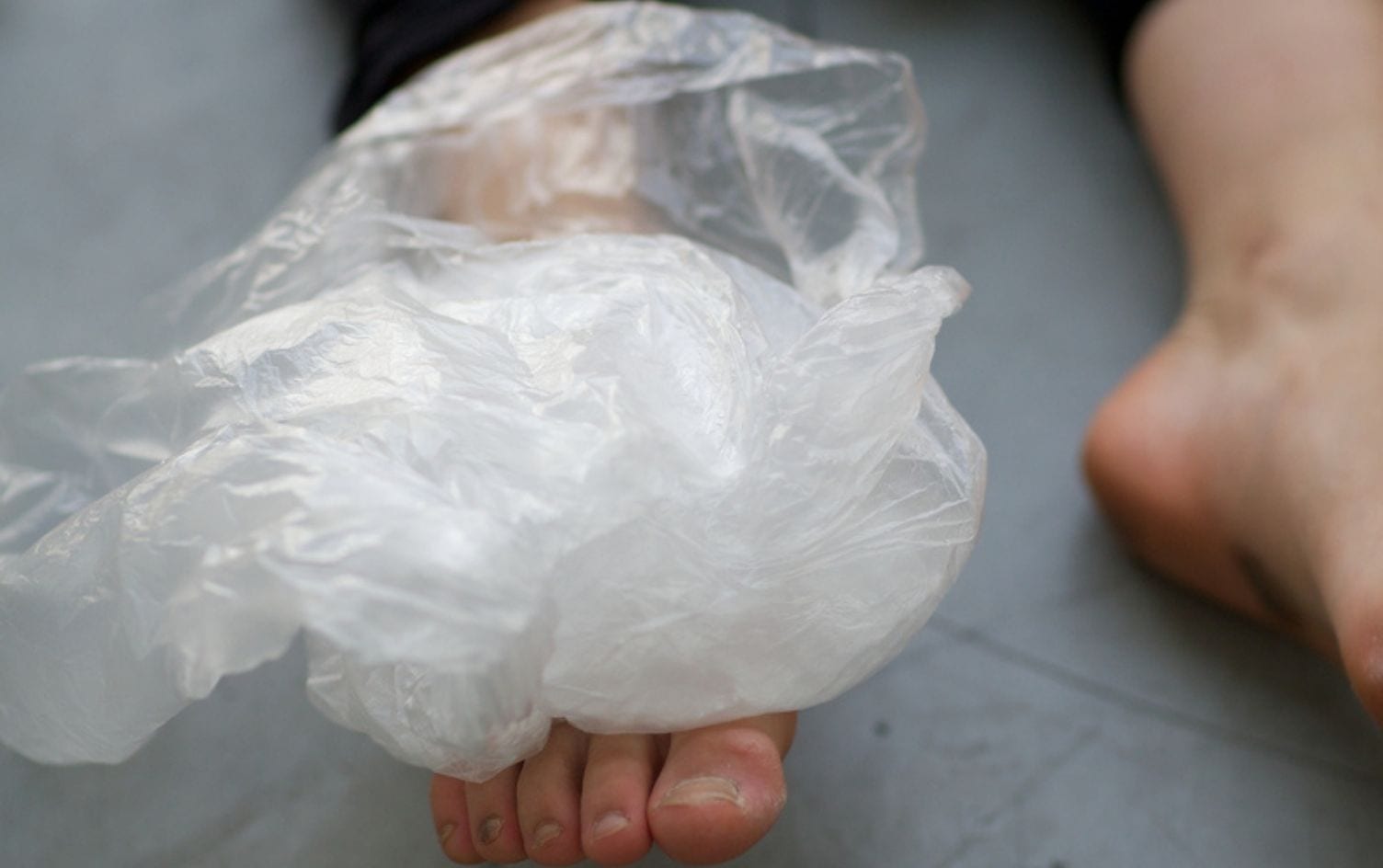If you’ve ever played a sport as a child or read up on recovery, you’ve likely heard the acronym RICE as the ultimate way to treat physical ailments. RICE stands for Rest, Ice, Compression and Elevation, and while it’s a cute and easy-to-remember acronym, it turns out it’s not entirely based in cold, hard science when it comes to treating minor injuries from running, walking or cycling.
So, instead of instantly grabbing the ice pack and propping your ankle up on some pillows when you twist it on the trail, let’s talk about the problems with RICE, and why you should consider following these new recovery tips instead.
WHY RESTING ISN’T ALWAYS THE ANSWER
Keeping joints rested — aka not moving — may do more harm than good, according to some studies. A 2017 study looked at the recovery of 50 amateur athletes. In the study, half of the participants were instructed to start moving again two days after the injury, while the other 25 were told to wait for nine days before moving again. A year later, the athletes who started the active recovery process sooner had a shorter recovery period than those who rested. The researchers concluded that having some degree of motion and load in the injured area is actually helpful to recovery. “Being told to rest and not do any movement can also be psychologically hard on an athlete, or for an amateur athlete, that time away from activity can mean you never return to it,” says researcher Domenic Scialoia, who recently wrote a paper in The Sport Journal breaking down the problems with RICE. After reading hundreds of studies on the topic, he’s seen that moving as soon as possible (when pain isn’t present) is the fastest road to recovery.
What to do instead: Prioritize quality sleep. Scialoia says when dealing with a soft tissue injury, his number 1 recommendation isn’t rest; it’s sleep. “I’m not talking about rest where you sit on the couch and watch Netflix,” he explains. “I mean making sure you’re getting a good night’s sleep because that’s when your body is going to be doing the work of recovery.”
ICING CAN MASK PAIN AND DECREASE HELPFUL INFLAMMATION
Yes, ice will make your injury feel better, but while it’s numbing the pain, it’s also suppressing your immune responses, which slows recovery. Recent research shows when there’s an injury, the body has a three-step recovery process: Inflammation, repair and remodeling. Because ice blunts the inflammation phase, you’re actually slowing the start to recovery.
What to do instead: Try a heating pad. “Heat typically brings blood flow to the area, which provides nutrients that the tissues need for healing,” explains Dr. Cayce Onks, a family and sports medicine physician at Penn State Hersheys. “It can also increase the flexibility of tendons and muscles.”
WHY COMPRESSION MIGHT NOT WORK AT ALL
Scialoia found compression on its own, and in conjunction with ice, had very little scientific backing for helping recover from a soft tissue injury. There were some anecdotal instances but very little evidence. Compression clothing during activity, though, may actually have some scientific validity for avoiding muscle soreness and decreasing (but not preventing) inflammation.
What to do instead: Try active compression. Instead of compression and rest, combine compression with some gentle stretching or walking. You can also try using resistance bands to put compression on certain joints (like the knee) by wrapping them, then moving through typical motions, like walking lunges. Or, if you already own compression socks, sleeves or tights, wearing them on your active recovery walk is a much better recovery modality than simply wearing them while sitting on the couch. Scialoia also notes if compression makes you feel better — hello, positive placebo effect — then there’s no harm in doing it.
THE PROBLEM WITH ELEVATION
Like icing an injury, elevation is typically recommended in order to prevent swelling and inflammation. But again, inflammation is an important facet of the healing process. In his research, Scialoia also notes there’s “no evidence-based on studies for the effectiveness of elevation.” In fact, unless a doctor recommends elevation to avoid risk of edema, the problem with elevation is it promotes the concept of just lying around on the couch. This can delay the recovery process and lead to other harmful sedentary behaviors like mindless eating.
What to do instead: Prioritize active recovery. Rather than skipping your afternoon run in favor of elevating your legs and binge-watching another episode on Netflix, get out and go for a walk, or do some light stretching or gentle yoga to keep your body moving. When an injury occurs, take the rest of the day off and stop training, but start moving again as soon as possible. Even Dr. Gabe Mirkin, who coined the term RICE in his 1978 book, “Sportsmedicine,” now recommends beginning to move and use the injured body part the day after the injury occurs, “as long as the movement does not increase the pain and discomfort.” Don’t stick to your normal training schedule though: Dial back your run to a walk, or slow the pace of your run and opt for soft surfaces rather than hard ones if possible.
THE BOTTOM LINE
It’s important to remember this advice goes for minor soft tissue injuries: light sprains, muscle pulls and general soreness. For more serious injuries, things like rest and immobilization might be critical to the healing process, so if you’re worried you have a serious injury, check with a doctor before continuing any activity.
To become more active, try setting a simple goal to increase (and track) your daily steps. Go to “Plans” in the MyFitnessPal app and choose a 28-day step plan to learn tips to boost your activity.




